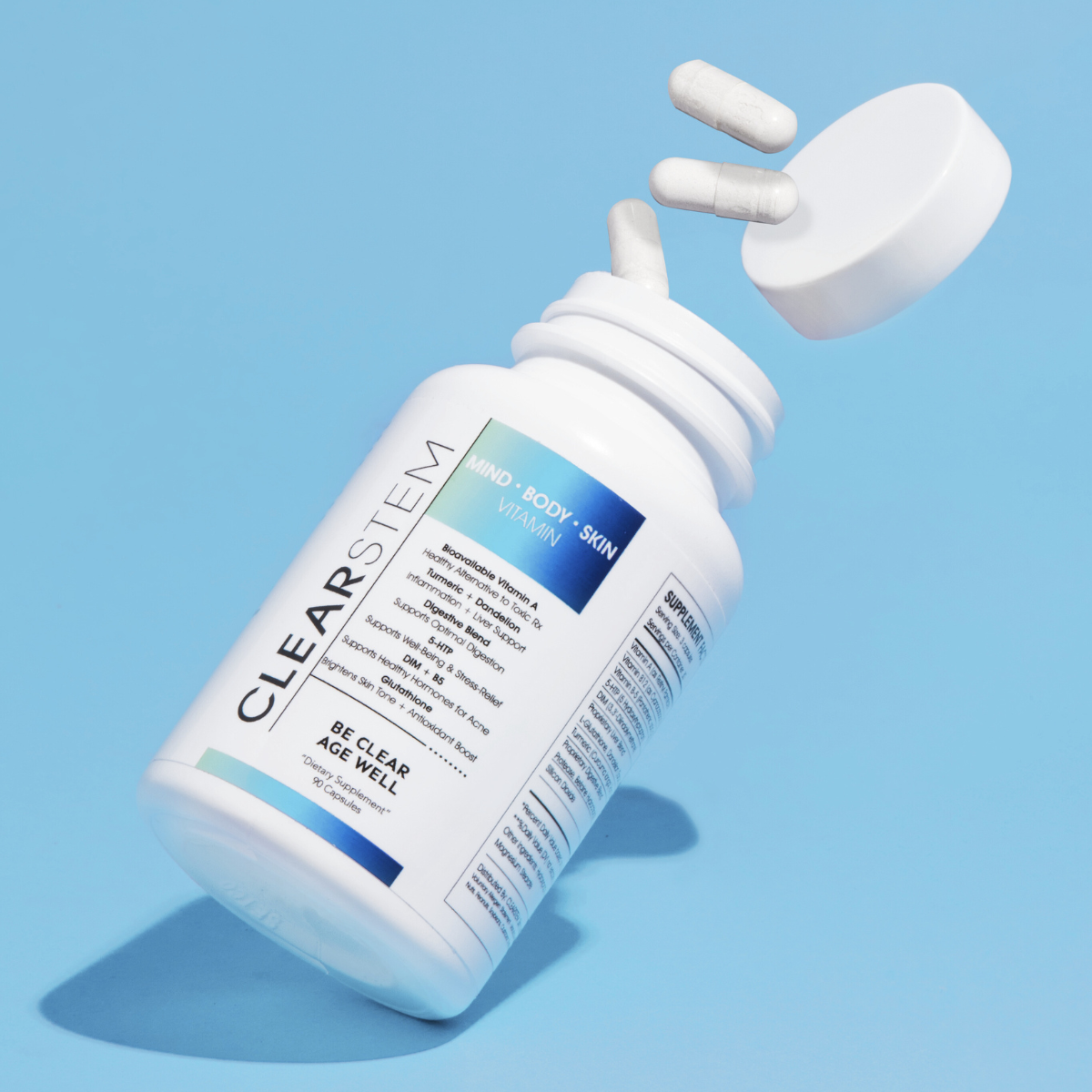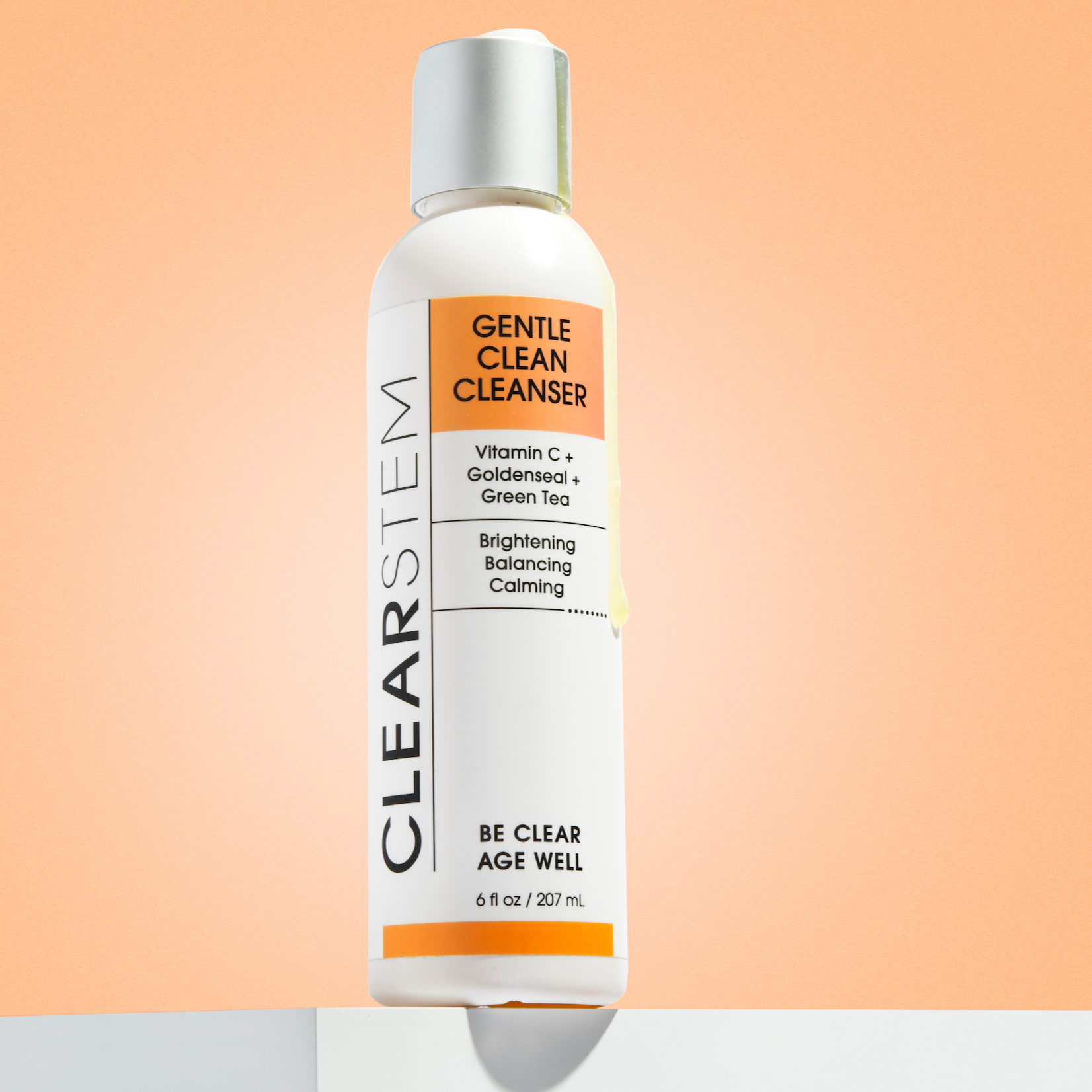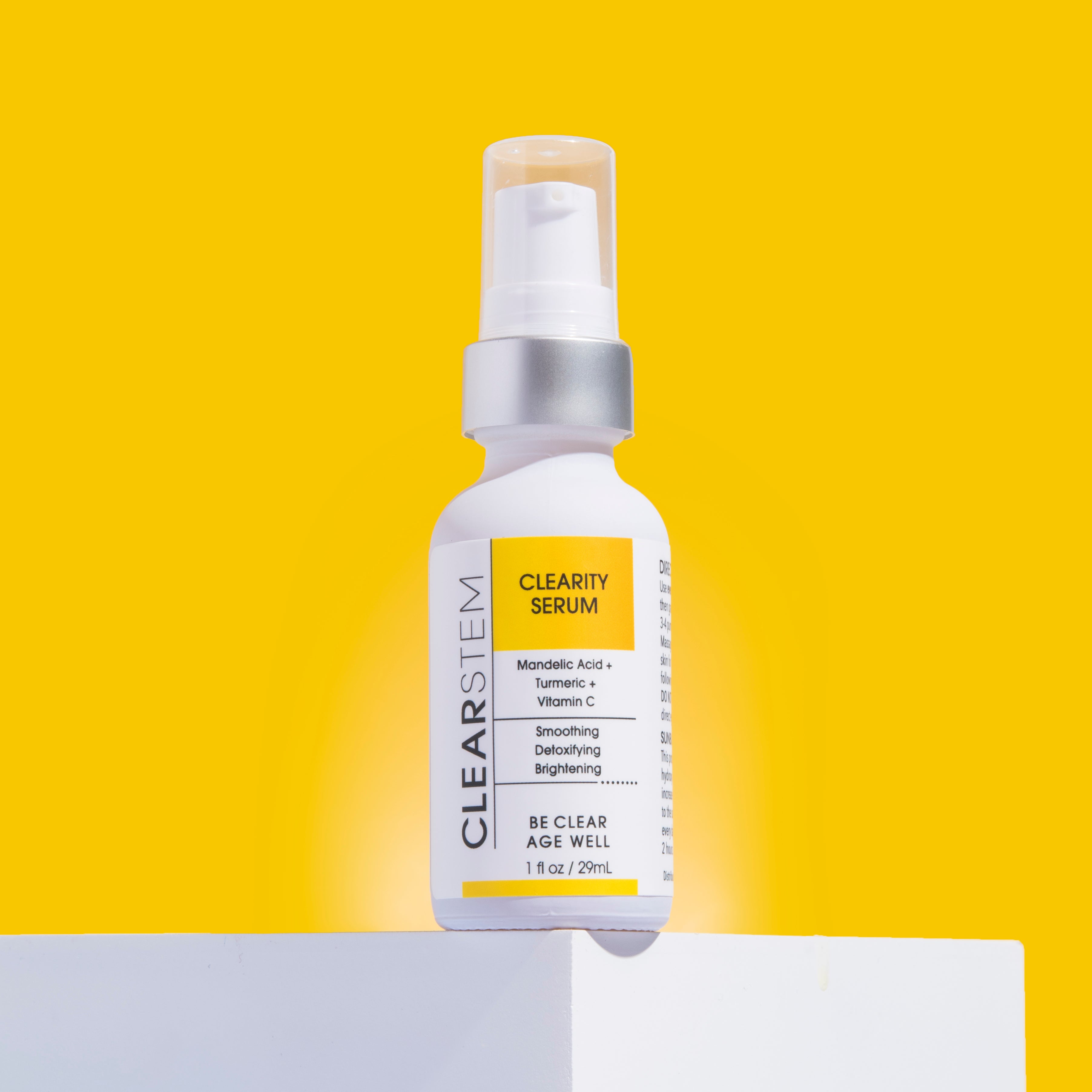What Are Non-Comedogenic/Non-Acnegenic Skincare Products?
If you’re currently struggling with acne breakouts, then it’s likely that you’re highly motivated to try to find products that won’t make it angrier. The last thing you want to do is find out that the allegedly “soothing” moisturizer you just bought has in fact backfired on you and created even more congestion.
You may then be happy to find out that there’s a whole bunch of products out there that were designed just for you. Labeled as “non-comedogenic” beauty and skincare products, these were created specifically for acne-prone people who are trying to avoid things that can make their breakouts worse.
But what exactly are these non-comedogenic skincare products – and more importantly, what does that word even mean, really? Are they actually going to help prevent breakouts if you have oily skin, or is it just marketing hype meant to separate you from your hard-earned dollars? And finally, let’s be real here, are they really worth investing in?
Let’s go ahead and explore the exciting world of non-comedogenic skincare products together, friends. And by the time we’re done sharing all of this information with you, you’ll be fully armed with everything you need to know to help you select the best ones for your unique skin type!
What Does Non-Comedogenic Mean?
To fully understand what non-comedogenic means, you first need to know a thing or two about the other side of the coin. That is, what are comedones, what causes them, what is non-comedogenic skincare, and why does using non-comedogenic products matter?
Let’s start with comedones. That’s just a fancy word for acne breakouts, or clogged pores. They can take on a wide variety of shapes and forms, such as open and closed comedones (a whitehead and blackhead, respectively), a pustule (the white-capped ones), and even cysts or nodules (the painful hard ones that are deep underneath your skin). (1)
When products clog your pores, a comedo can form, and you’ll start to notice blemishes popping up on your face as a result. Using a non-comedogenic product, though, can help prevent that pore from becoming clogged in the first place. In turn, you can ideally avoid an unwanted zits acne breakout on your face.
Are "Non-Comedogenic" and "Oil-Free" the Same Thing?
Believe it or not, no, the terms “non-comedogenic” and “oil-free” are not actually interchangeable. Non-comedogenic just means that it doesn’t include any known pore-clogging ingredients, but that doesn’t necessarily exclude oil. And you should know that even products with oil can SOMETIMES be safe, as there are actually some acne-friendly oils, like hemp, safflower, and sunflower, to name a few. But please for your sake avoid coconut oil if have an acne-prone or oily skin type because this, if in your products, is highly likely to cause an acne breakout. (Eating it is fine though).
In fact, many oils aren’t comedogenic at all (such as squalane) and can be really great for your skin. They can even help repair your skin barrier and restore your skin’s moisture levels. That said, you do need to do your due diligence and make sure that any products that you use include non-comedogenic oils. (2)
Some types of oils can be downright terrible for your skin and can lead to big, angry breakouts on it. On that note, there are some oils that are allegedly non-comedogenic, but they’re not exactly good for you and you really shouldn’t be applying them to your skin. (Mineral oil, we’re looking at you here!) (3)
What does this mean for you and your clear-skin goals? Well, it just means that you’re going to have to do a little more research before introducing new products into your beauty routine. You don’t want to just start throwing a bunch of new products at your skin without taking a methodical approach to it.
Always be sure to purchase products from companies that know their stuff and strive to avoid these ingredients that cause acne breakouts, and be sure to patch test when trying new things. That way, you can stave off any future painful breakouts that might be lurking in the shadows (or, in this case, in your pores).
Rating Non-Comedogenic Ingredients
Well, friends, we’ve got a not-so-fun fact here that we need to tell you about, regarding the history of comedogenic testing. So, what is non-comedogenic testing all about? You see, the original testing for comedogenicity was based on some research that was done way back in the 1980s, where scientists swabbed products on the inside of a rabbit’s ear and waited for a reaction to occur. (4)
Ethics of animal testing aside, the problem with the current comedogenic scale is multifold. For starters, how did the researchers quantify the comedogenicity of the product applied? Did they count the number of comedones that formed, or did they register only the severe ones? As it turns out, they all just kinda did their own thing, so the results are far from consistent.
Then there’s the whole thing about how the Food and Drug Administration (FDA) doesn’t actually recognize the comedogenicity scale in the first place for certain types of beauty products. Because it’s so hard to regulate it, and all the studies are based on rabbits – and not humans – it’s difficult to try to translate those results onto people. (5)
With that being said, though, we can all more or less agree that either side of the comedogenicity spectrum can reveal some fairly clear data about how likely a product is to break you out. If it’s just a one or a two on the scale, then it’s generally recognized as non-comedogenic. If it’s a five (the highest number on the scale), then there’s a good chance it’ll cause problems.
What is "Non-Acnegenic"?
Non-acnegenic is the new it girl. This is what forward thinking brands are calling it when their formulas are designed to not clog pores AND not irritate acne-prone skin. For example, sodium laureth sulfate doesn’t necessarily clog pores but it is so irritating and stripping to the skin barrier that it often makes acne worse.
CLEARSTEM Skincare has been pioneering this space for the past 5 years, making formulas that are not only non pore-clogging (truly non-comedogenic) but that also restore the skin barrier to deliver anti-aging benefits. Our skincare products are designed to remove excess oil, even out skin tone, and rid your pores of dead skin cells while still being gentle enough for everyday use.
Other acne-focused brands tend to dry and irritate the skin leading to premature aging, so this element of acne + aging is key for those who are acne-prone but want to age well.
Not sure if something is non-acnegenic? The easiest way to know is to check for pore-clogging ingredients using a reliable checker.
Which Ingredients are the MOST Comedogenic?
Now that we know about the origins of the comedogenic scale and how it’s rated, your next burning question is probably about what ingredients are going to be the most comedogenic. After all, in your quest for clear skin, the last thing you want to be doing is layering on products that can make your breakouts worse.
If you see any of these following chemicals on the side of the bottle of serum or moisturizer that you’re using, then back away slowly and toss the skincare product in the trash. They’re only going to hurt you in the long run. Some of the worst offenders include: (4)
- Butyl stearate
- D&C red dyes
- Ethylhexyl palmitate (mainly found in makeup)
- Lanolins (from sheep’s wool)
- Isopropyl palmitate and isostearate
- Myristyl myristate
- Propylene glycol-2 (PPG-2)
And that’s just the very tip of the comedogenic iceberg. There are many more out there, and you’ll need to stay on your guard when adding new skincare products into your beauty regimen. In most cases, the bottle will say “non-comedogenic” on the side, that doesn’t always mean it’s safe for acne. When choosing a new skincare product, be sure to check all your product ingredients against our comprehensive pore clogging ingredient list.
How Do You Determine Which Products Really Work?
When trying to figure out which products are bunk and which ones really work on giving you a clear, even skin tone, you need to actually take a look at other factors involved. For instance, just because a product is non-comedogenic, that doesn’t mean that it contains any actives (acne-fighting ingredients) that can help give you clear skin.
It just means that it doesn’t contain any comedogenic ingredients in it, so it won’t necessarily make your current breakouts worse. (This isn’t guaranteed, though, and we’ll touch on that more in just a moment.) So when it comes down to trying to clear up your skin, the question still remains: how do you know it’s actually doing the trick?
There are two things to look for when trying to determine if it’s effective:
- Your skin isn’t getting any worse.
- Your skin is actually getting better.
We know that this sounds like an oversimplification, but it really is as straightforward as that. Nevertheless, avoiding pore-clogging ingredients is just one piece of the overall puzzle. Whether you have a dry skin, combination skin, or oily skin type will also factor into which products suit your skin best. There are numerous other things that can be triggering your breakouts, such as your hormones or if you have an underlying health condition like PCOS. (6)
If you want clear skin, then using only skin-safe ingredients is a great start… but it’s just the beginning. You still need to be proactive about maintaining a good skincare regimen, staying on top of your diet and your lifestyle, and talking to your doctor if you suspect that your general wellbeing may be causing your breakouts.
Can Non-Comedogenic Products Still Cause Breakouts?
If you’re thinking that using non-comedogenic products is going to be the be-all and end-all of finally attaining clear skin, we hate to be the bearer of bad news here. Switching to non-comedogenic products can help you get clearer skin, but it’s unfortunately not a guarantee of a blemish-free complexion.
Depending on your own skin type and how sensitive it is, a non-comedogenic product can still lead to breakouts. Furthermore, if you’re not treating the root cause of your acne, you’ll still continue to get zits while using non-comedogenic products. If you want to get clear skin, you need to track down what’s actually causing your acne.
You’ll also need to use actives to treat your current breakouts, too. These include ingredients like alpha-hydroxy acids (such as mandelic or glycolic acid), vitamin C, and even a hormonal acne supplement. That way, you can banish your current breakouts, while also stopping any others in their tracks before they start to form.
The Takeaway
When you have acne, it’s understandable to want to try to clear your skin to get a smooth, blemish-free complexion. The good news is that there are many things that you can do to help you accomplish this, and using non-comedogenic products, like our blackhead serum, is a great first step in getting you there. is a great first step in getting you there.
Of course, you do have to stay on your toes, as there are some products out there that may not necessarily be comedogenic, but they may also not contain the right combo of ingredients that you need to help you achieve your skincare goals. Once you get more familiar with what’s good and bad for your skin, though – and knowing what is non-comedogenic and what isn’t – then it’ll get much easier for you.
If your acne doesn’t clear up with a healthy routine, it’s never a bad idea to have a little bit of one-on-one time with your dermatologist or your GP to see if you are suffering from hormonal acne. There are many hormonal acne causes, which is why it is essential to get checked by a professional and do acne lab testing to identify the root cause. While it may seem like extra work right now, once you start to see acne-free skin peering back at you when you look in the mirror, then you’ll know for sure that it’s all definitely worth it!
Sources
Source 1: Acne Vulgaris - StatPearls https://www.ncbi.nlm.nih.gov/books/NBK459173/
Source 2: Anti-Inflammatory and Skin Barrier Repair Effects of Topical Application of Some Plant Oils https://www.ncbi.nlm.nih.gov/pmc/articles/PMC5796020/
Source 3: [Exposure to mineral oils at worksites and novel solutions for polymer protective materials in selected personal protective equipment] https://pubmed.ncbi.nlm.nih.gov/21995113/
Source 4: Comedogenicity of current therapeutic products, cosmetics, and ingredients in the rabbit ear https://pubmed.ncbi.nlm.nih.gov/6229554/
Source 5: Cosmetic Products & Ingredients https://www.fda.gov/cosmetics/cosmetic-products-ingredients
Source 6: Prevalence of acne vulgaris among women with polycystic ovary syndrome: a systemic review and meta-analysis https://pubmed.ncbi.nlm.nih.gov/33355023/










